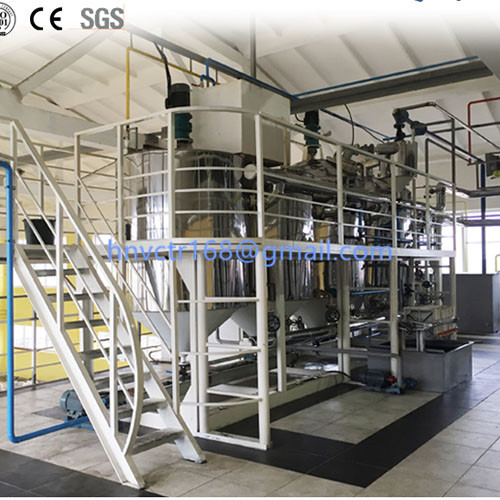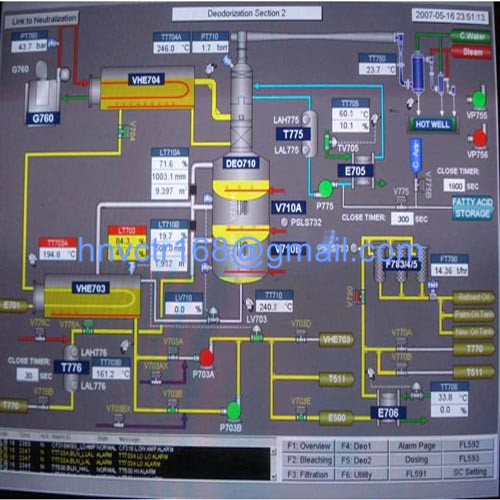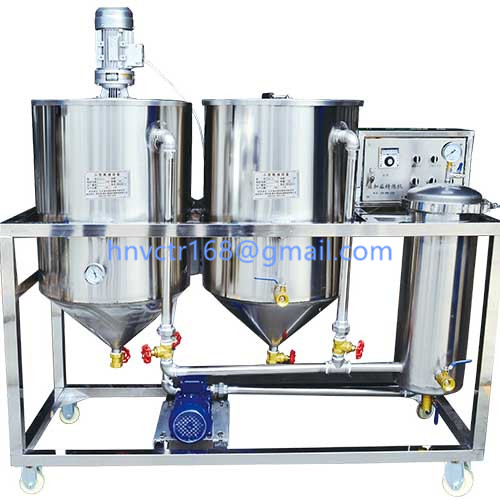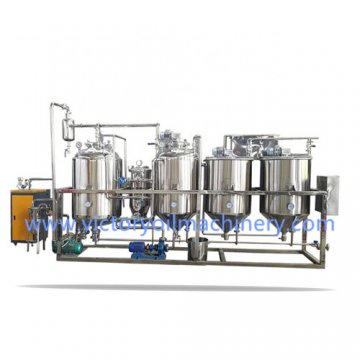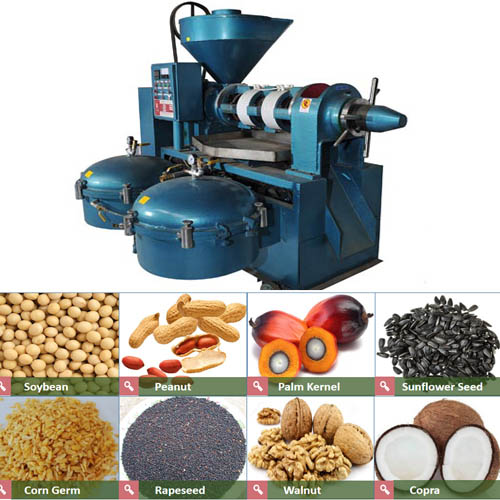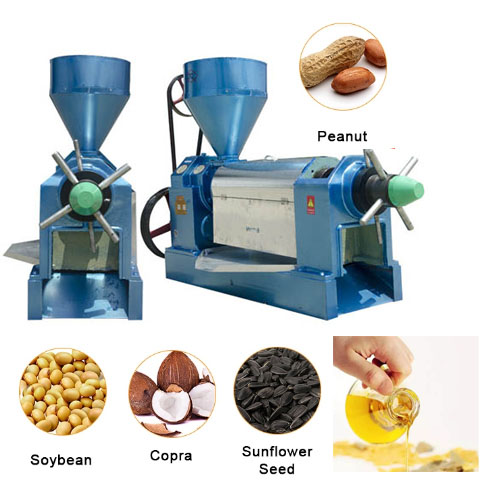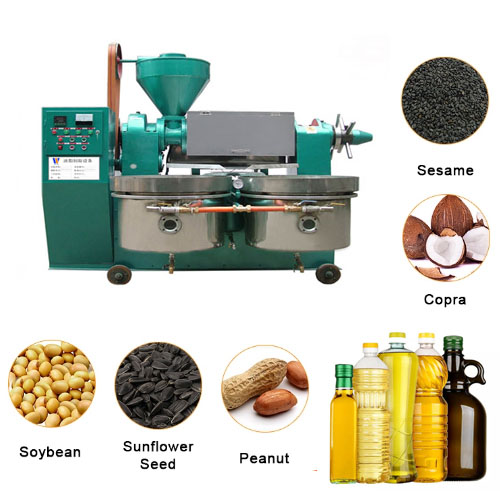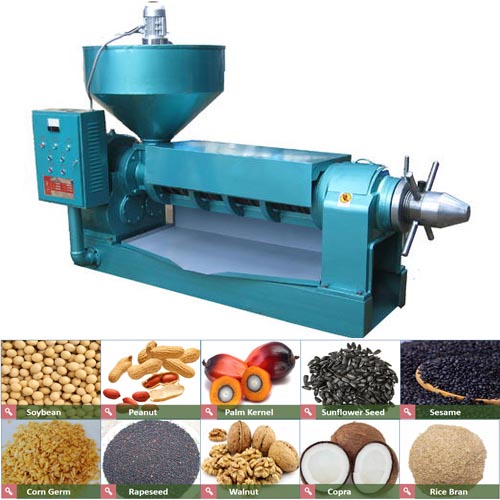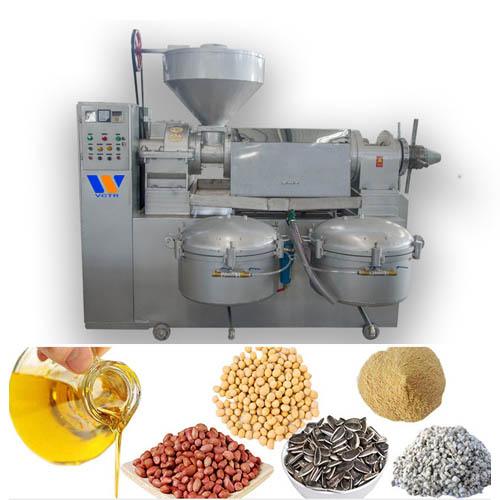[Industry data] In June 2021, the consumer price of edible oil increased by 7.7% year-on-year and 0.2% month-on-month

1. Explanation of indicators
Consumer Price Index (CPI) is a relative number that measures the price levels of consumer goods and services for residents over time, and comprehensively reflects the changes in the price levels of consumer goods and services purchased by residents.
2. Scope of Statistics
The consumer price statistical survey covers 8 categories and 268 basic categories of commodities consumed by urban and rural residents nationwide, including food, tobacco, alcohol, clothing, housing, daily necessities and services, transportation and communication, education, culture and entertainment, medical care, other supplies and services. And service prices.
3. Investigation method
Using the sampling survey method to select and determine the survey sites, according to the principle of "fixed persons, fixed sites, and timed", send people directly to the survey sites or collect the original prices from the Internet. The data comes from about 500 cities and counties in 31 provinces (regions, cities) and nearly 100,000 price survey points, including shopping malls (stores), supermarkets, farmer's markets, service outlets and Internet e-commerce.
4. Data explanation
Due to "rounding" reasons, sometimes the total data and the classification data have the same high or low value. To
5. Base period rotation
According to the regulations of the statistical system, my country's CPI rotates in the base period every five years. In January 2021, the CPI based on 2020 will be compiled and released. Compared with the previous base period, the survey classification catalog, representative specifications and survey outlets of the new base period have been adjusted, and the classification weights have also changed to reflect the latest changes in the consumption structure of residents. It is estimated that the impact of this base period rotation on the monthly CPI index on average is about 0.03 percentage points.
Consumer Price Index (CPI) is a relative number that measures the price levels of consumer goods and services for residents over time, and comprehensively reflects the changes in the price levels of consumer goods and services purchased by residents.
2. Scope of Statistics
The consumer price statistical survey covers 8 categories and 268 basic categories of commodities consumed by urban and rural residents nationwide, including food, tobacco, alcohol, clothing, housing, daily necessities and services, transportation and communication, education, culture and entertainment, medical care, other supplies and services. And service prices.
3. Investigation method
Using the sampling survey method to select and determine the survey sites, according to the principle of "fixed persons, fixed sites, and timed", send people directly to the survey sites or collect the original prices from the Internet. The data comes from about 500 cities and counties in 31 provinces (regions, cities) and nearly 100,000 price survey points, including shopping malls (stores), supermarkets, farmer's markets, service outlets and Internet e-commerce.
4. Data explanation
Due to "rounding" reasons, sometimes the total data and the classification data have the same high or low value. To
5. Base period rotation
According to the regulations of the statistical system, my country's CPI rotates in the base period every five years. In January 2021, the CPI based on 2020 will be compiled and released. Compared with the previous base period, the survey classification catalog, representative specifications and survey outlets of the new base period have been adjusted, and the classification weights have also changed to reflect the latest changes in the consumption structure of residents. It is estimated that the impact of this base period rotation on the monthly CPI index on average is about 0.03 percentage points.


